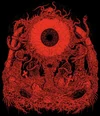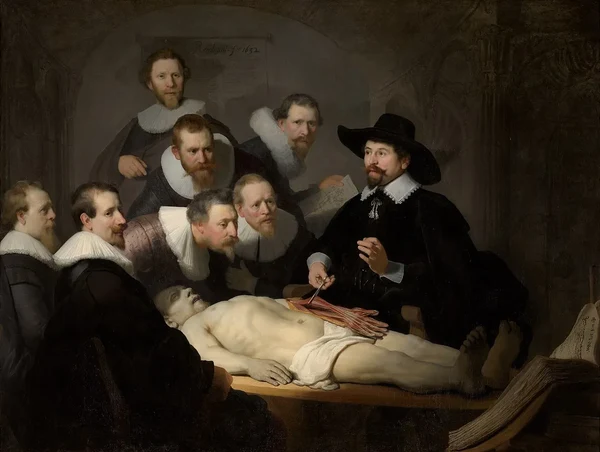Masses of P. terraenovae puparia on partially mummified corpse suggest that the flies have been breeding on it for several generations.
Necrophagous insects play an important role in the decomposition of the human body. Fly species that are commonly recovered on human corpses concealed in houses or other dwellings are often dependent on human created environments and might have special features in their biology that allow them to colonize indoor cadavers. The photos are from a case from southern Finland where masses of P. terraenovae puparia was found on partially mummified corpse suggesting that the flies have been breeding on it for several generations.
Diptera larvae collected from the ocular cavity of a cadaver in active decay.
The body was in active decay stage. External examination of the body showed large areas of skin slippage on the thorax and on the upper limbs. The head and the neck presented black/brown discoloration areas. No sign of injury was observed. The cause of death was natural and was defined, on histological evidence, as an ischemia on sclerotic myocardium.
Entomological evidence was collected during the autopsy. Fly eggs and larvae were present on the neck area and inside the oral cavity. Maggots were also present in the right armpit. The deceased male lived alone and was known to be an alcohol abuser who did not often have interactions with his family. He had not been seen for 6 days.








 Slavshit
Slavshit

 Sandshit
Sandshit

Jump in the discussion.
No email address required.
Jump in the discussion.
No email address required.
More options
Context
fuck me sideways
Jump in the discussion.
No email address required.
More options
Context
Just 6 days?
Jump in the discussion.
No email address required.
More options
Context